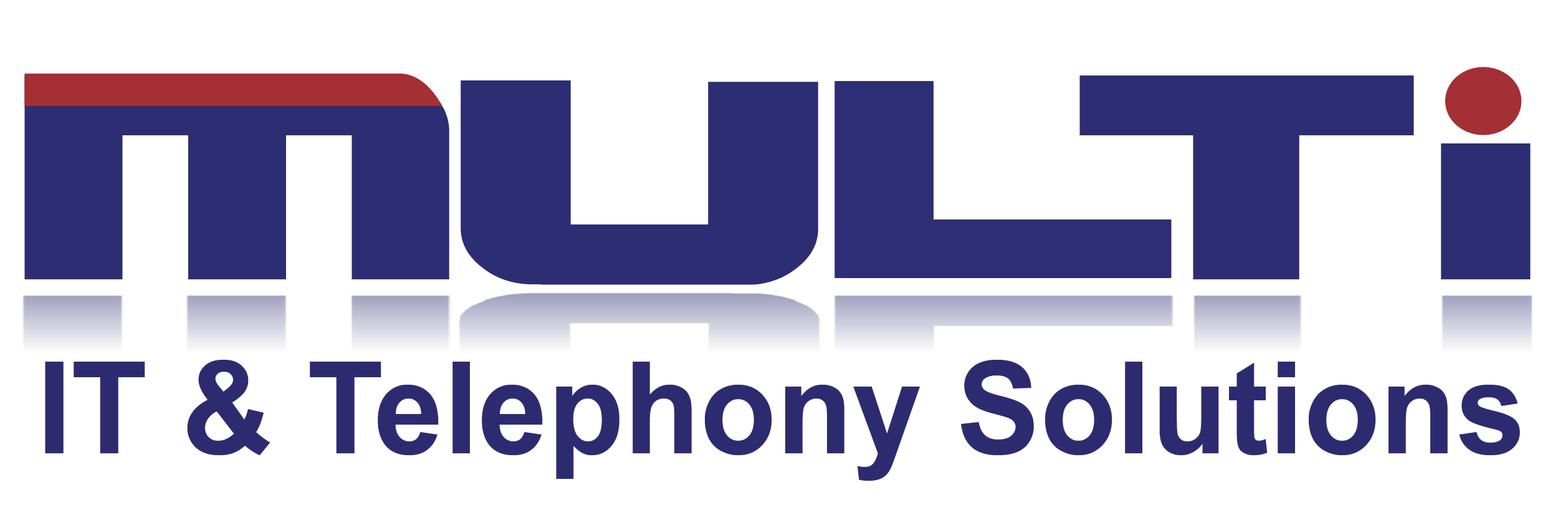5G is the next generation follow up to 4G and like all previous generations, promises to make mobile communication faster and more reliable as more and more devices go online. Although we have not yet fully maxed out the speed limits of 4G, networks are congested and stretched thin. 5G not only increases the speed and the bandwidth, it also increases the possibilities.
Gartner Group estimates that by 2020 there will be over 26 billion connected devices (some even estimate this number to be closer to 100 billion). Each device is part of the Internet of Things (IoT), a giant network of connected “things” (including people). This network will be made up of connections between people and people, people and things, and things and things. As billions more devices connect to the web, the digital infrastructure needs to support faster connections as well as more exacting handling of simultaneous connections while also providing broader coverage for these devices. This is where 5G really shines.
5G is an exponentially faster way to deliver internet traffic than the current 4G technology. According to Speedtest.net, the average mobile download speed across the U.S. as reported by Speedtest.net in the first half of 2018 was around 27 Mbps. 5G is expected to be over 3.5 times faster.
This will not only improve mobile phone service, the ultra-fast connections with minimal delays will pave the way for smoother connectivity driving improvements in:
- Gaming
- Making video calls
- Streaming movies
- Downloading large files
- Sharing HD and 4K media
- Receiving real-time traffic updates
The positive implications are endless since 5G will power applications that touch everything from transportation to healthcare. Autonomous cars can not only be prevented from colliding, they can also be remotely controlled to better understand proper turn-by-turn directions. The same is true for managing and directing robotic systems that learn or abide by remote controllers for surgeries in cases where the doctor and patient may be miles apart.
These applications require a tremendous amount of bandwidth and need to communicate over the Internet as quickly as possible to provide their intended results. And the slightest bit of latency (AKA “delay”) can drastically impact outcomes in both scenarios.
Another big speed benefit of 5G is that it won’t just be available for mobile devices; it has the potential to replace your cable through fixed wireless access. Equipment is still being tested but engineers are already experimenting with customer-based receivers that will surpass cable and fiber speeds without pulling any new cable or digging any fresh trenches. The positive implications for primary and backup (failover) Internet are abundant.
The timeframe for 5G service availability depends not only on where you live but also which service providers are available in your area. There is a strong possibility that North Americans will see 5G networks in test markets pop up as early as 2019, but it won’t take off until 2020. As with any new technology, actual delivery dates, coverage areas and capabilities will change over the next couple of years as we get closer to release.
5G is the latest advancement in mobile technology. For more information on upcoming technology contact Multi IT on 011 435 0450 or follow our blog!

